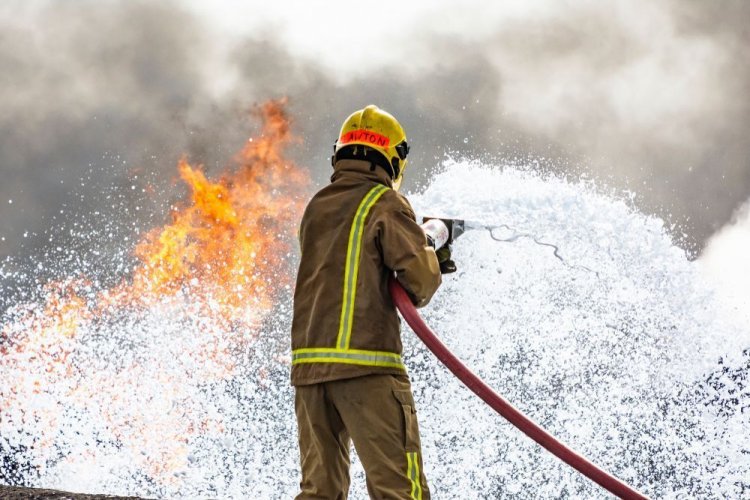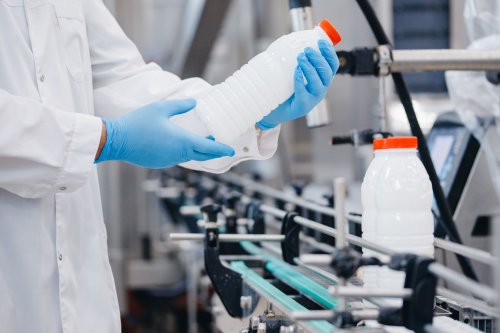In December 2013, residents of the small Swedish town of Kallinge learned that the tap water they were drinking, which had previously been considered one of the cleanest in the country, had high levels of per- and polyfluoroalkyl substances (PFAS).
The Guardian reported on this city with the world's worst case of “perpetual” chemical pollution.
What are these chemical compounds?
PFAS are synthetic substances that are widely used in industrial processes and manufacturing. They are often referred to as “everlasting chemicals” because they are extremely slow to decompose and can remain in the environment for hundreds of years or even longer.
By the 2010s, scientists had discovered a link between certain types of cancer and PFAS.
Where did they come from in the water
As it turned out, the harmful substances got into the water from fire extinguishing foam from the local military air base. This permanent pollution had been going on for decades. It went undetected because no one thought to test the drinking water for these contaminants.
After the shocking fact came to light, it turned out that the concentration of PFAS in the tap water exceeded the safe threshold by 2450 times. However, the local authorities and the Swedish Food Agency declared that these chemicals do not “pose a health risk.”
What the scientists found
Then scientists from Lund University took up the case. They found out that the level of PFAS in the blood of local children was 37 times higher than in children from other areas. In older residents, the content of these harmful substances sometimes exceeded the norm by more than 1000 times.
Litigation
In 2016, 165 plaintiffs filed a lawsuit. The case lasted until 2021. During this time, some families spent more than a million hryvnias in legal fees. Eventually, the water company was found responsible for the water contamination. However, in December 2022, this decision was overturned by the appellate court, and the plaintiffs had to reimburse all legal costs.
But the residents did not lose hope for justice and appealed to the Supreme Court. In 2023, it ruled in their favor. But the “struggle” is still ongoing, because now they need to get compensation, because over the past decade, some residents have begun to show consequences – someone got a rare leiomyosarcoma, and doctors have diagnosed other types of cancer.
Earlier, EcoPolitic told you which regions of Ukraine have the most polluted water.





